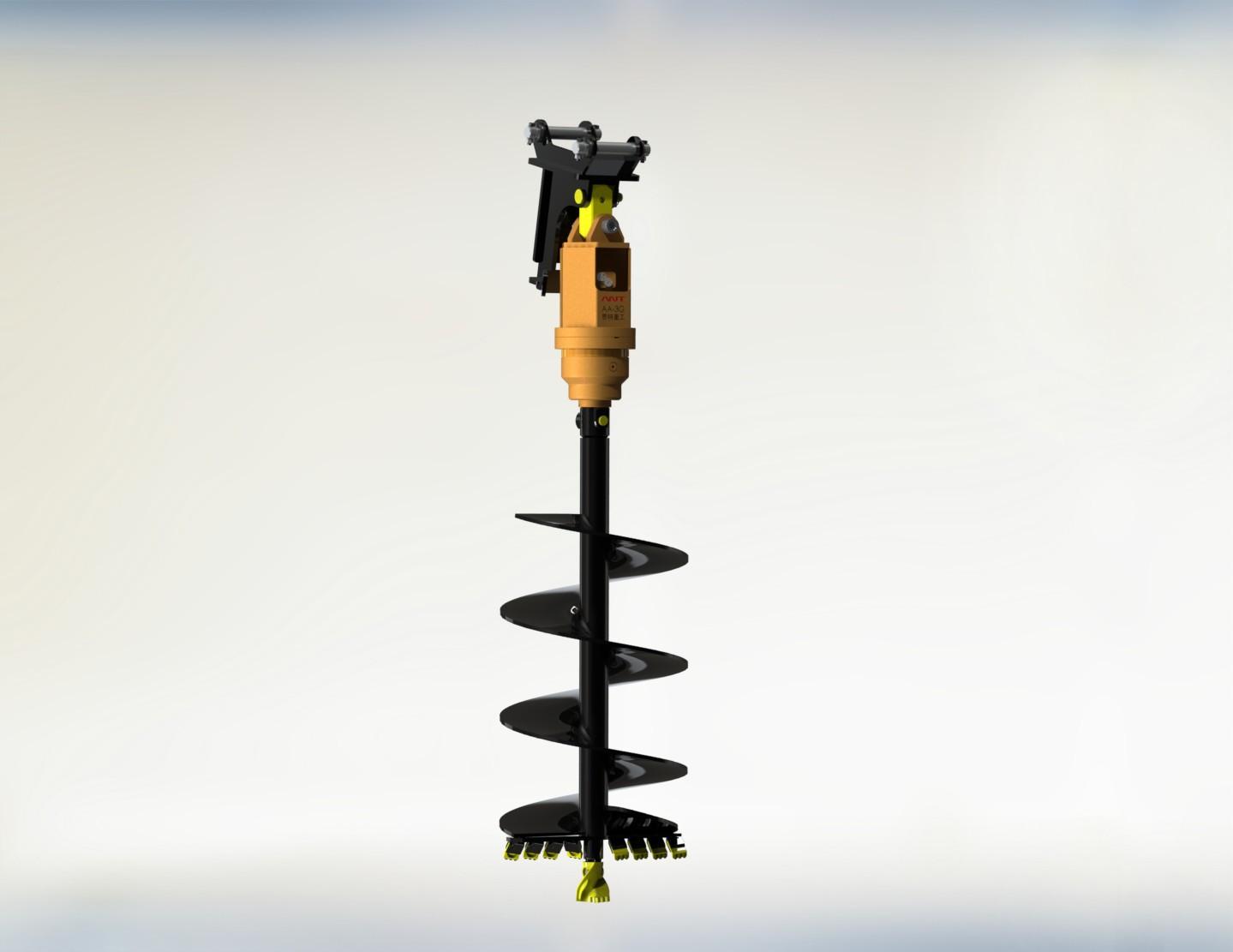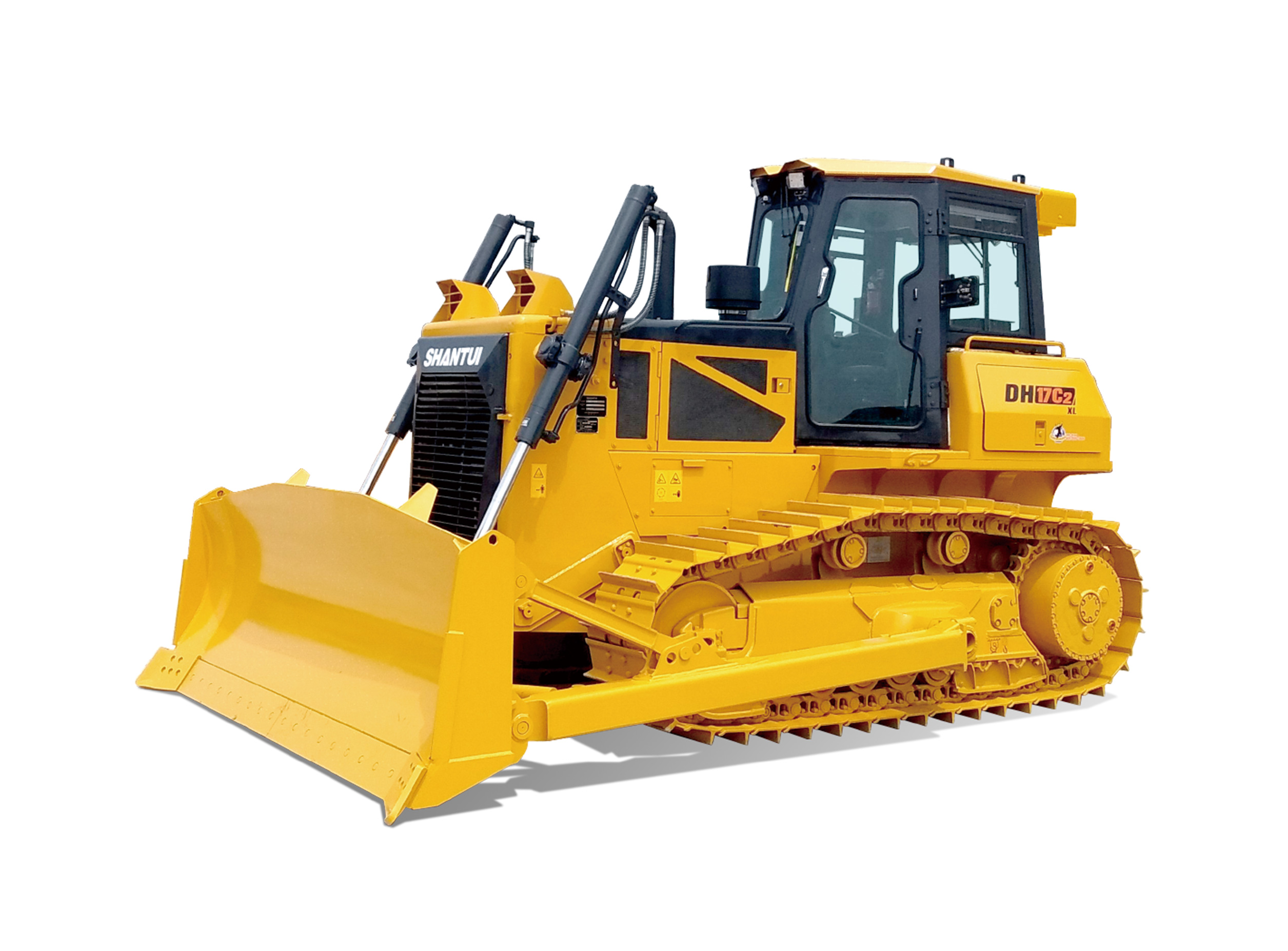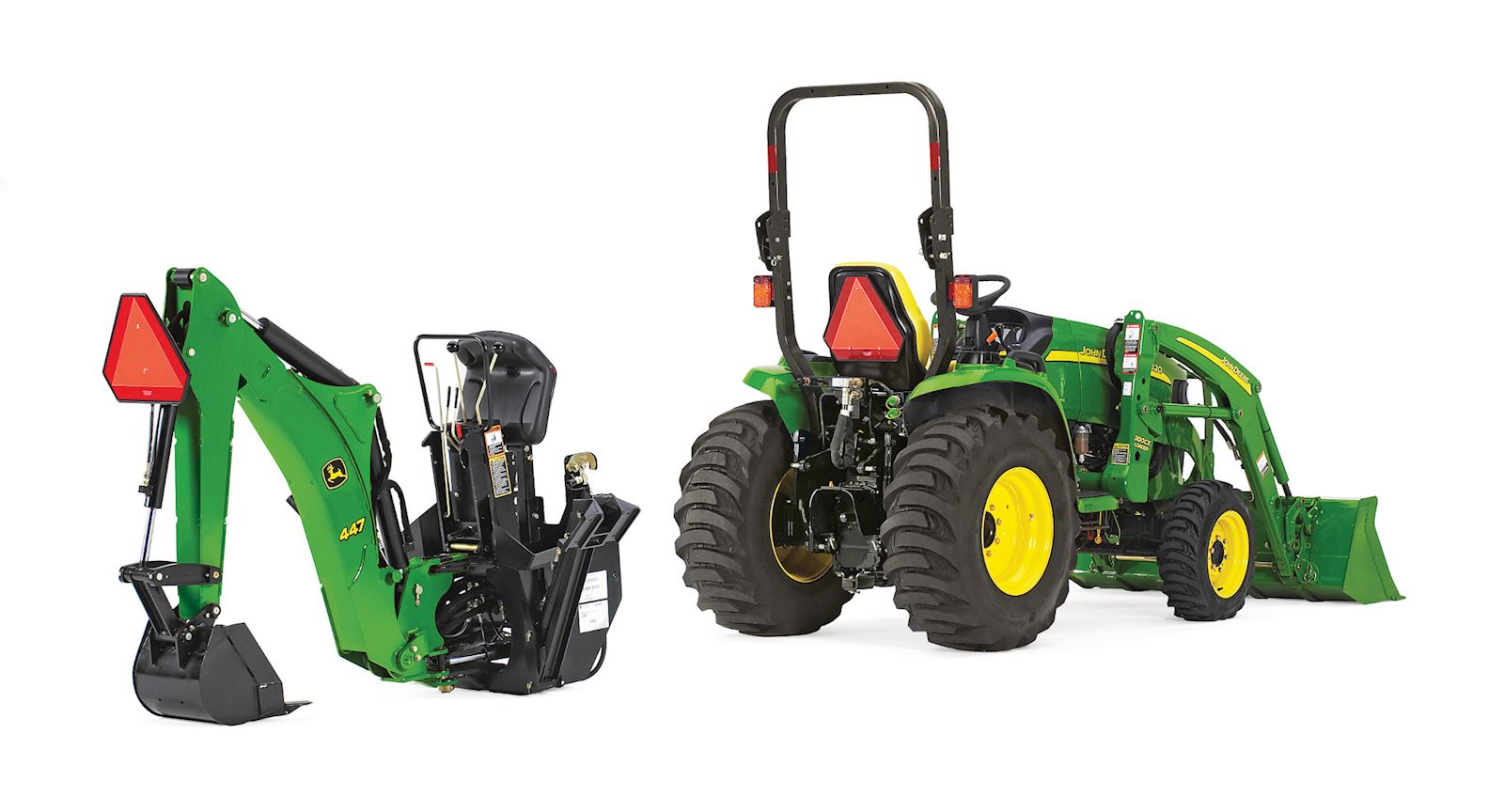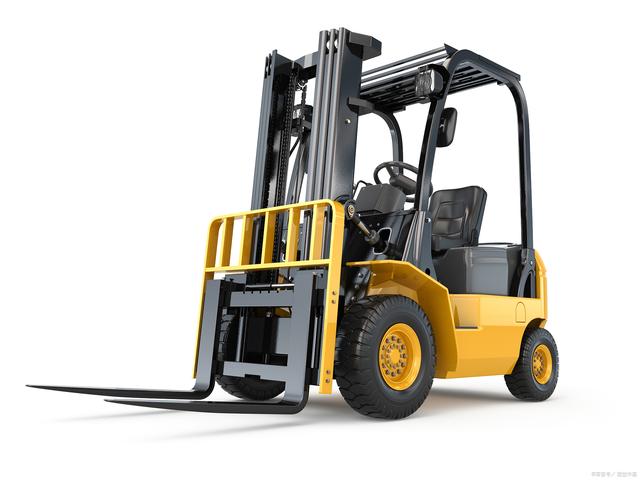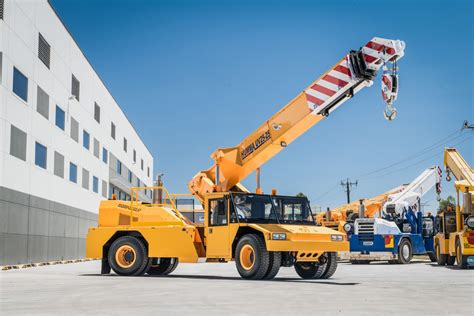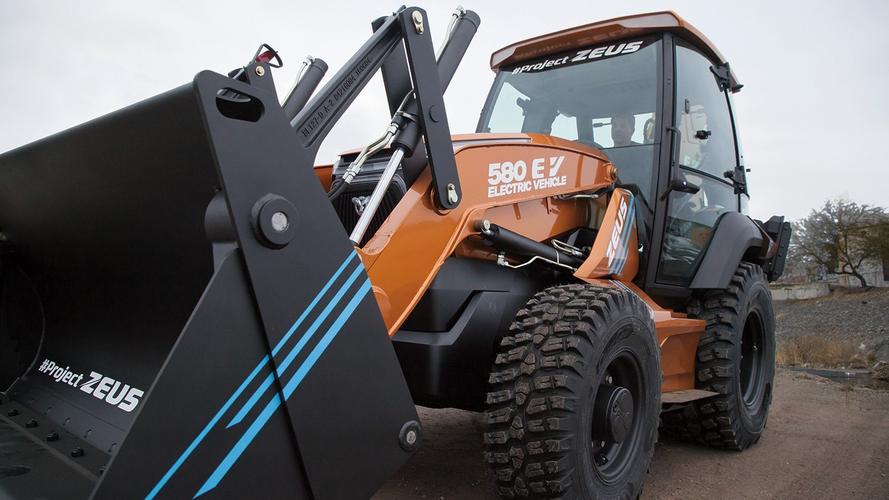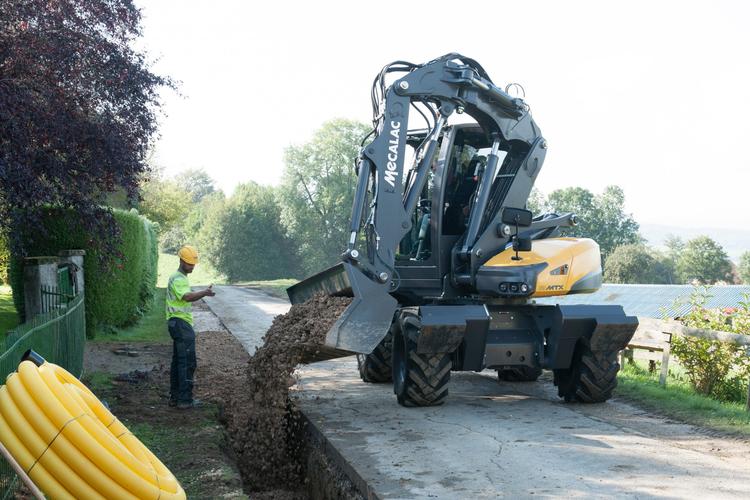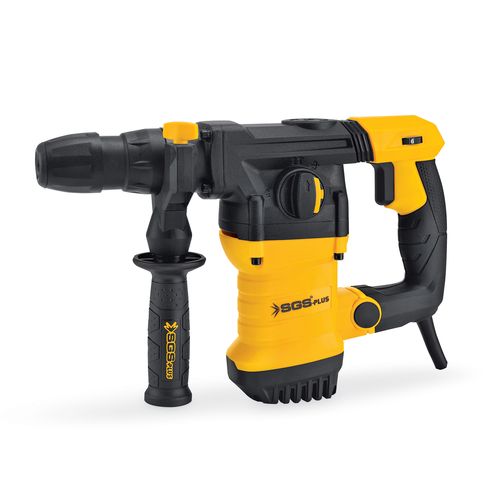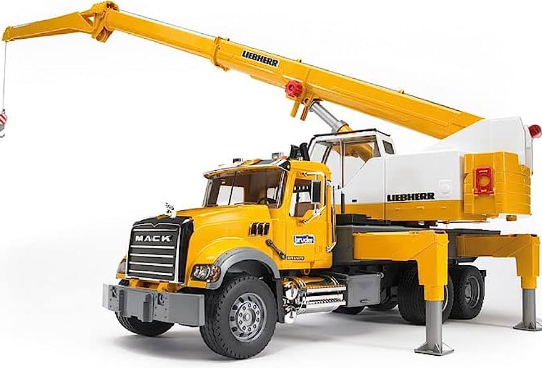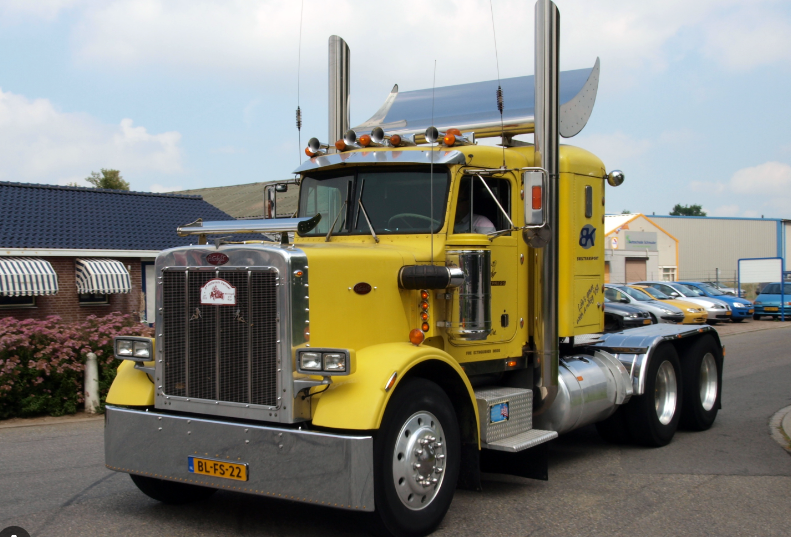how do tractor hydraulics work
Release time:2023-08-16 20:59:51
Page View:
author:Yuxuan
Tractors play an important part in modern agriculture and construction. They are powerful machines that can handle heavy loads and accomplish various tasks. One of their key features that make them so versatile is their hydraulic system. In this article, we will explore how tractor hydraulics work, including the different components and functions that make it possible for tractors to perform a wide range of tasks.
What are hydraulic systems?
Hydraulic systems are essentially a means of transferring energy using fluids under pressure. They consist of a pump that creates pressure to move the fluid, a series of valves that control the flow, and actuators such as cylinders or motors that convert the pressure into mechanical force or motion. The fluid used in hydraulic systems is usually oil, which is ideal because it is non-corrosive, has a high boiling point and is not compressible. These properties make hydraulic systems efficient at transmitting large amounts of power over long distances.The components of a tractor hydraulic system
Tractor hydraulic systems consist of several components that work together to provide the power required for various tasks. These include the hydraulic pump, control valve, hydraulic cylinder, and hydraulic motor.The hydraulic pump is the heart of the system. It creates pressure by forcing oil through a series of chambers and valves. The pump is usually driven by the tractor's engine.The control valve is responsible for directing the flow of oil to the appropriate actuators based on the operator's input. It can be manually controlled, or it can be controlled through the use of electronic sensors.The hydraulic cylinder is a device that converts hydraulic pressure into mechanical force or motion. They are commonly used for things like lifting and pushing heavy objects.The hydraulic motor, on the other hand, converts hydraulic pressure into rotational motion. This is useful for tasks like driving the wheels of the tractor or operating other devices such as a hydraulic auger.What can hydraulic systems do?
Hydraulic systems can perform a wide range of tasks due to their ability to generate and transfer large amounts of power. Some of the most common tasks that tractors can perform using hydraulic systems include lifting heavy objects, pushing and pulling, digging holes, and driving different types of machinery. Tractors can also use hydraulic systems for steering, braking, and powering the transmission.The benefits of hydraulic systems
One of the main benefits of hydraulic systems is their versatility. Tractors with hydraulic systems can perform a wide range of tasks that would be impossible with just one type of machine. In addition, hydraulic systems are efficient at transferring power, which means that tasks can be accomplished with less energy compared to other types of systems. Hydraulic systems are also durable and reliable, which means that they can withstand harsh conditions and require minimal maintenance.Conclusion
Tractor hydraulic systems are an important feature of modern agriculture and construction. They provide the power and versatility required to perform a wide range of tasks efficiently. Understanding how they work and the different components involved can help operators make the most of their tractors and ensure that they last for a long time.

